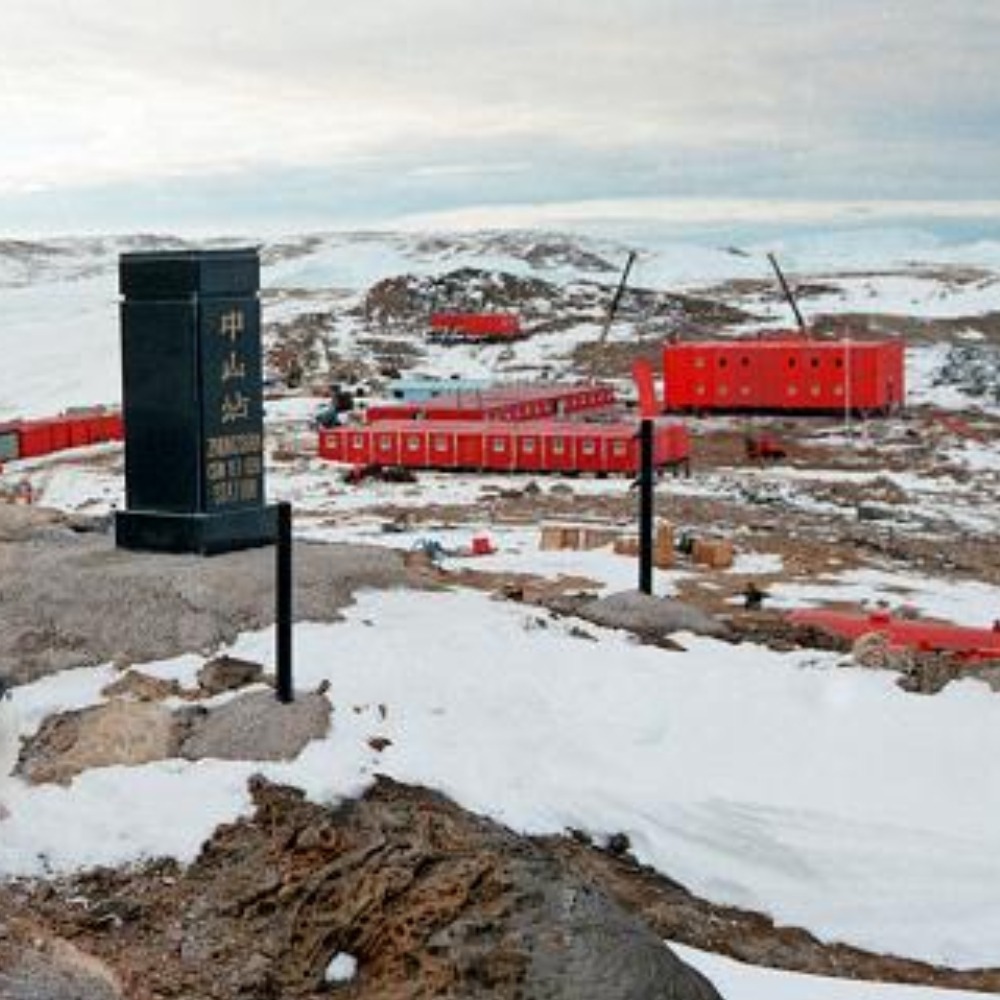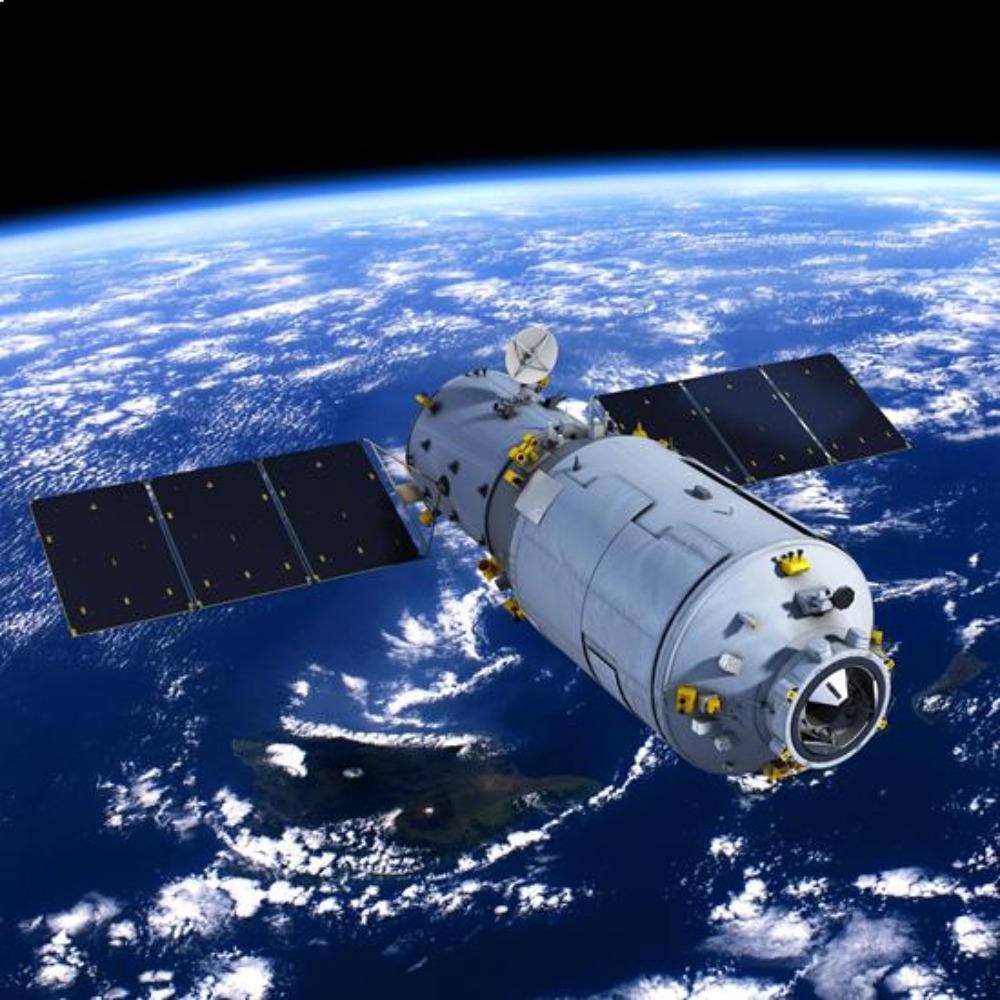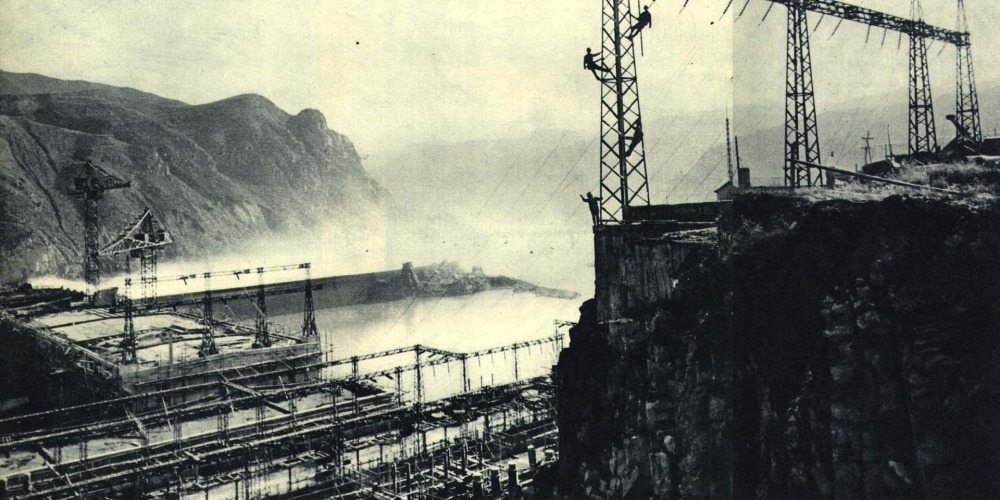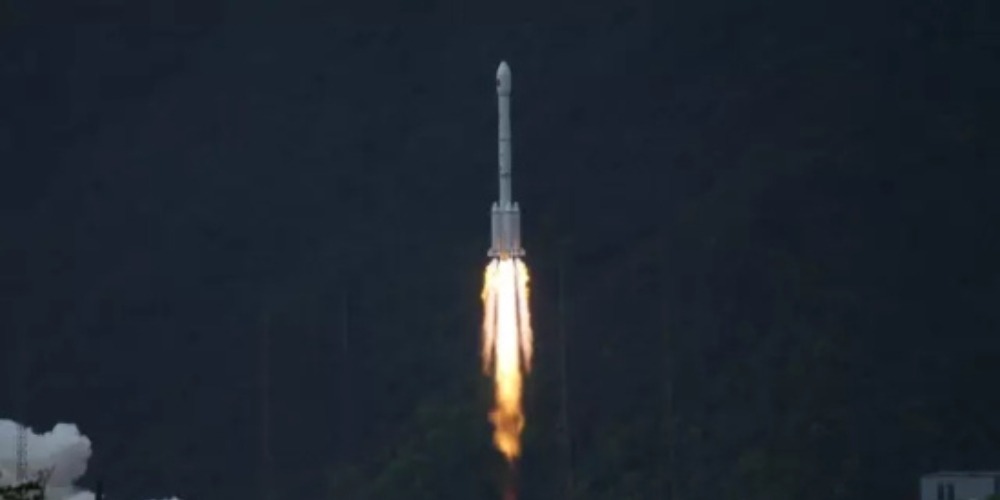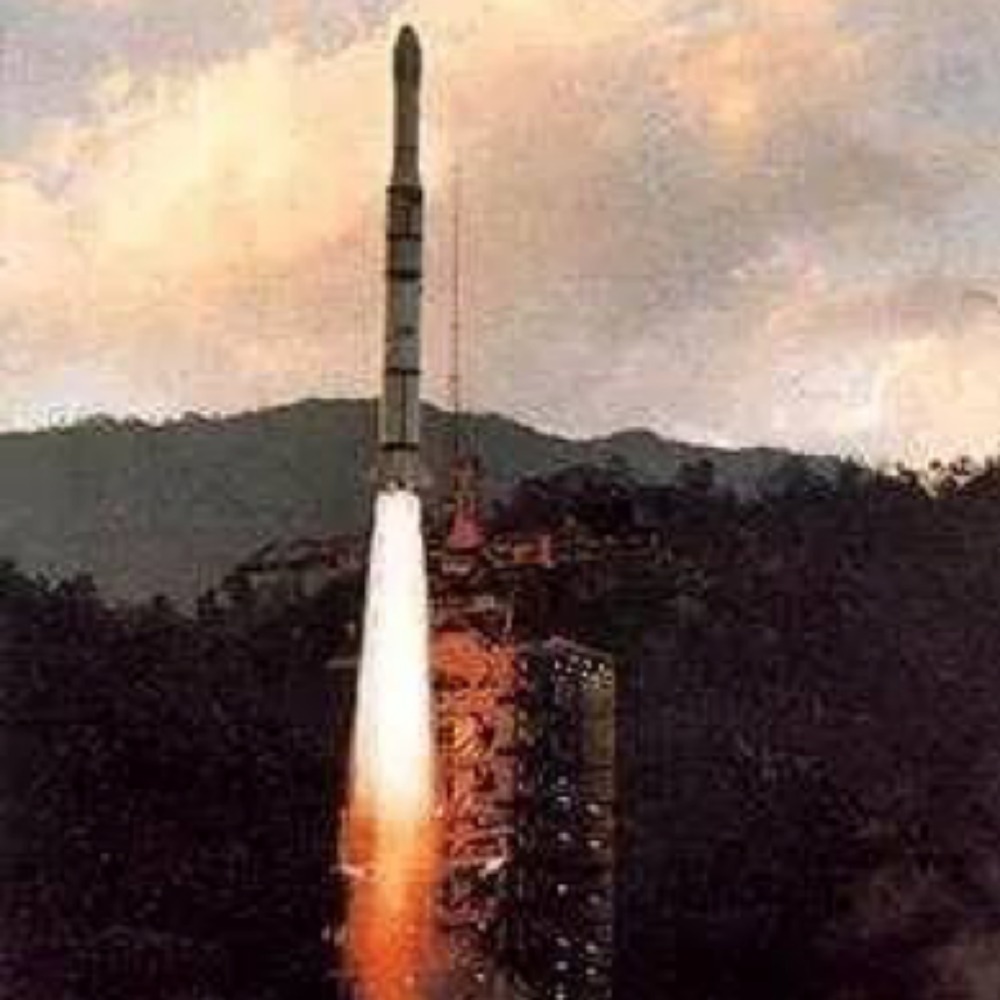Published : 2025-02-26
On February 26, 1989, China's Antarctic Zhongshan Station (中山站), named after the great revolutionary pioneer Dr. Sun Yat-sen (孫中山), was completed.
This is China's second scientific research station established in Antarctica, following the Antarctic Great Wall Station (長城站).
Zhongshan Station is located on the Larsemann Hills in Princess Elizabeth Land, East Antarctica. It is near Russia's Vostok Station, with geographical coordinates of 69°22′24″S latitude and 76°22′40″E longitude.
The area is situated along the south-eastern coast of Prydz Bay, several hundred kilometres southwest of the Amery Ice Shelf and Prince Charles Mountains, making it an ideal region for oceanic and continental scientific research in Antarctica.
In early October 1988, China dispatched an advance team to Antarctica aboard the Australian exploration vessel Ice Bird. They landed on the Larsemann Hills to survey the geographic environment, natural conditions, freshwater resources, and topographical features of the preliminary station area.
They concluded that the station construction conditions on the Larsemann Hills were superior to those of Amundsen Bay. Based on the field survey report from the advance team, the Chinese Antarctic Commission finally decided to build Zhongshan Station on the Larsemann Hills.
In the initial stage of construction, the buildings at Zhongshan Station were primarily container houses, simple in form and relatively rudimentary in equipment.
After several expansions and renovations, most of the container houses were replaced with a new generation of buildings utilising steel frames combined with prefabricated insulated panels, significantly enhancing living conditions, scientific research capabilities, and logistical support.
On the other hand, the laboratory is equipped with corresponding analytical instruments and devices, allowing scientific researchers to conduct preliminary analysis and studies on onsite data and samples.
The meteorological observation field, solid tide observation room, seismic geomagnetic absolute value observation room, and upper atmospheric physics observation room are all equipped with appropriate scientific observation equipment and instruments.
The routine observations conducted by the Chinese Antarctic Expedition team at Zhongshan Station throughout the year mainly include continuous GPS station observations and tidal measurements, upper atmospheric physics observations, geomagnetic observations, solid tide observations, atmospheric observations, and total ozone monitoring.

